Many of us strive to make healthy choices about the food we eat, from fresh fruits and vegetables to whole grains and lean proteins. However, lurking beneath the surface of these everyday options are hidden toxins—substances that can pose serious health risks over time. This article reveals ten shocking toxins found in foods we often consider safe. Understanding what these toxins are, where they’re found, and the risks they carry can help you make better-informed decisions about your diet.
*The content of this article is not intended as medical advice.
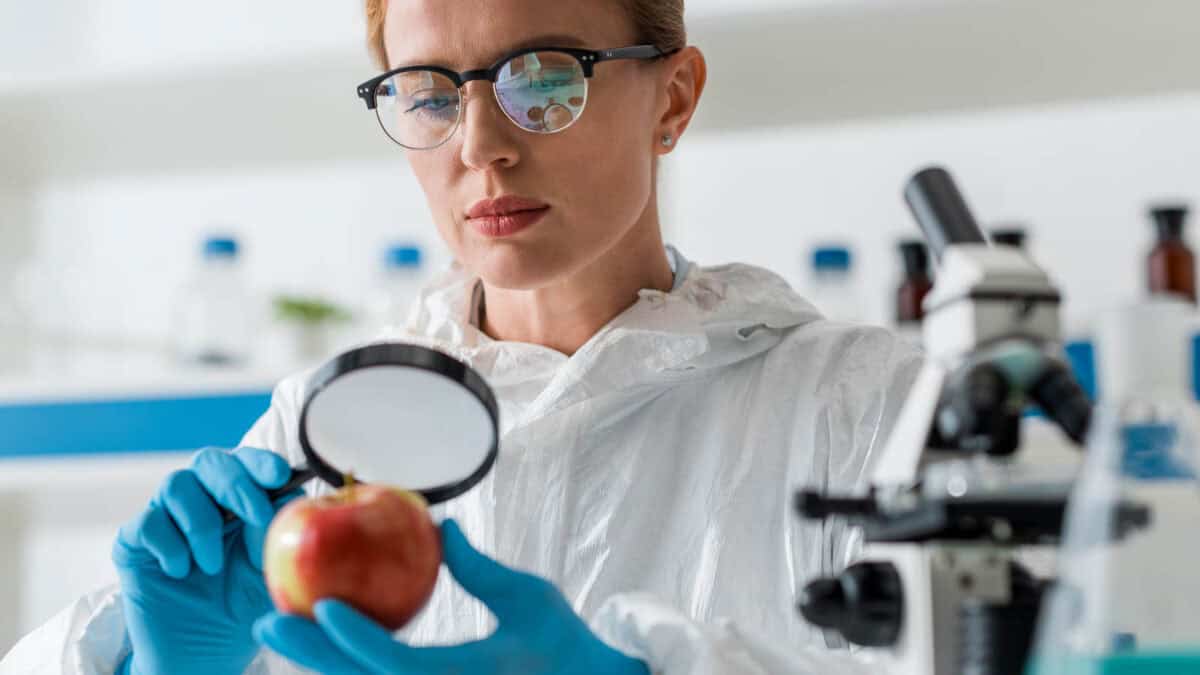
Acrylamide
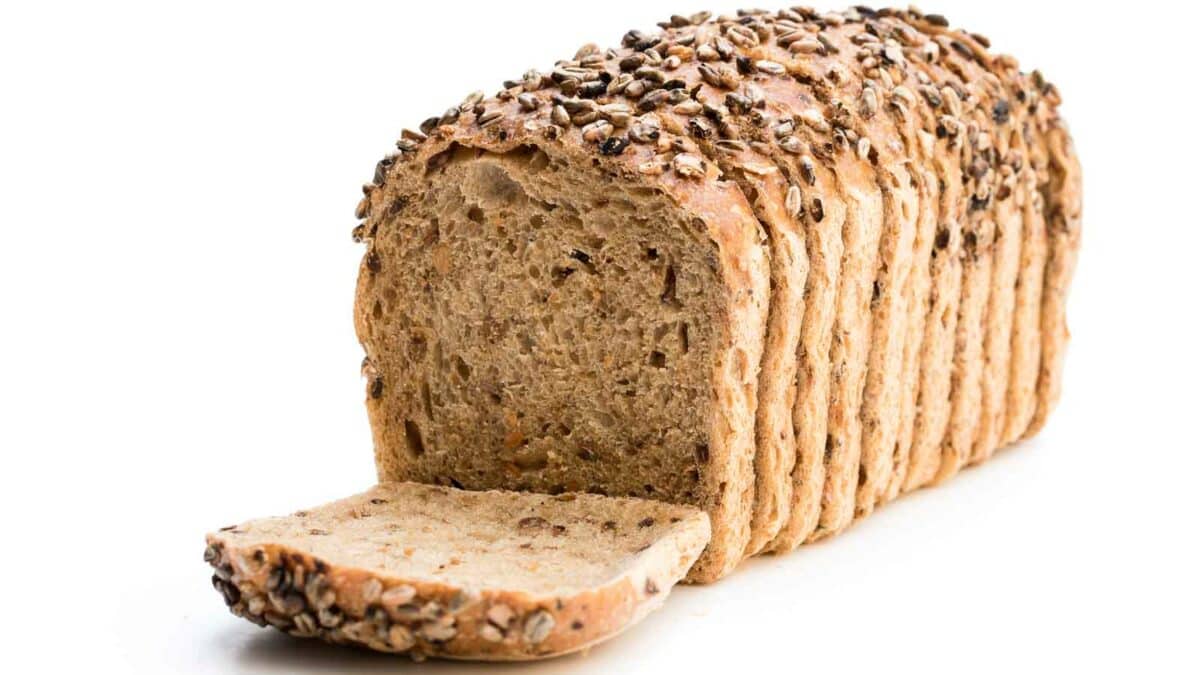
Commonly found in fried or baked starchy foods like chips, bread, and cookies. Acrylamide forms at high temperatures and is considered a potential carcinogen, which could increase cancer risk with high, prolonged exposure.
Arsenic

This toxin can be present in rice, poultry, and apple juice. Chronic exposure to arsenic, even in small amounts, may lead to serious health issues including skin problems, cancer, and heart diseases. Arsenic contamination typically occurs through groundwater that naturally contains high levels of the toxin.
Bisphenol A (BPA)

Often used in the lining of canned foods and plastic containers, BPA can leach into food and drinks. Regular exposure is worrying due to its possible effects on brain development and behavior, particularly in children.
Mercury
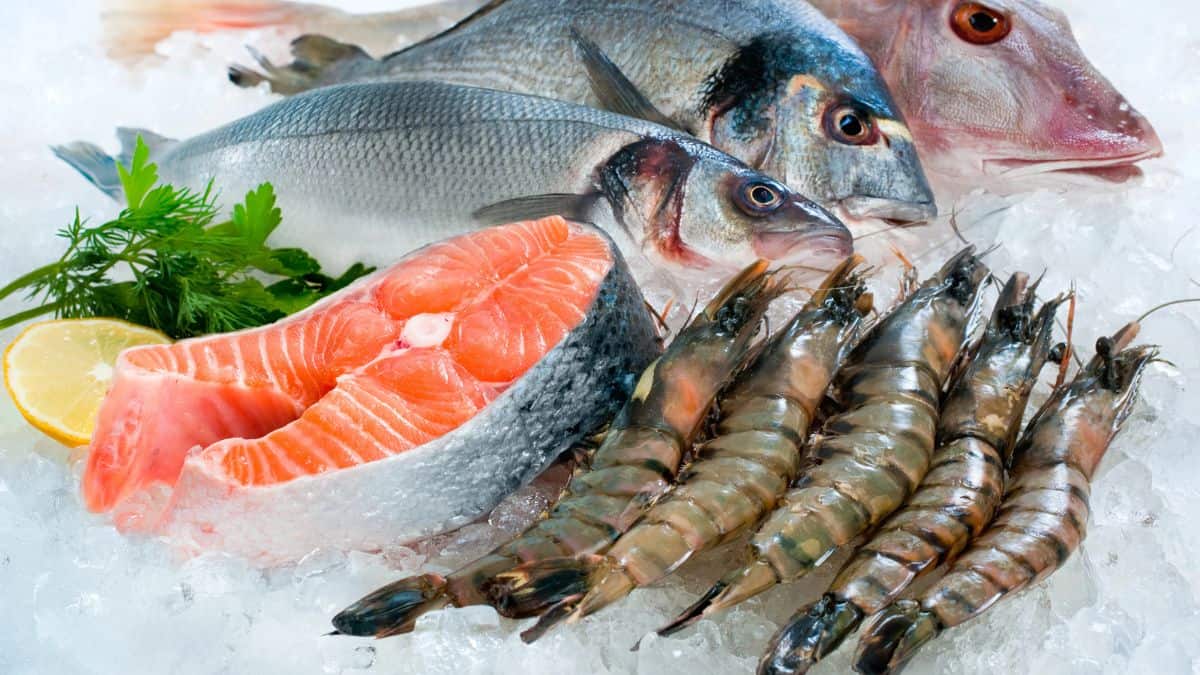
Found in many types of fish, especially larger and older fish like tuna, swordfish, and shark. Mercury exposure can impair neurological development in infants and is linked to higher risks of heart disease in adults.
Lead

Present in contaminated soil, which can affect vegetables and fruits grown in such soil; also found in old plumbing. Lead consumption can lead to neurological damage in children and cardiovascular issues in adults.
Pesticides

Residues can remain on fruits and vegetables, as well as in meat from animals that have consumed contaminated feed. Some pesticides are known carcinogens and can affect the hormonal and nervous systems.
Polychlorinated Biphenyls (PCBs)
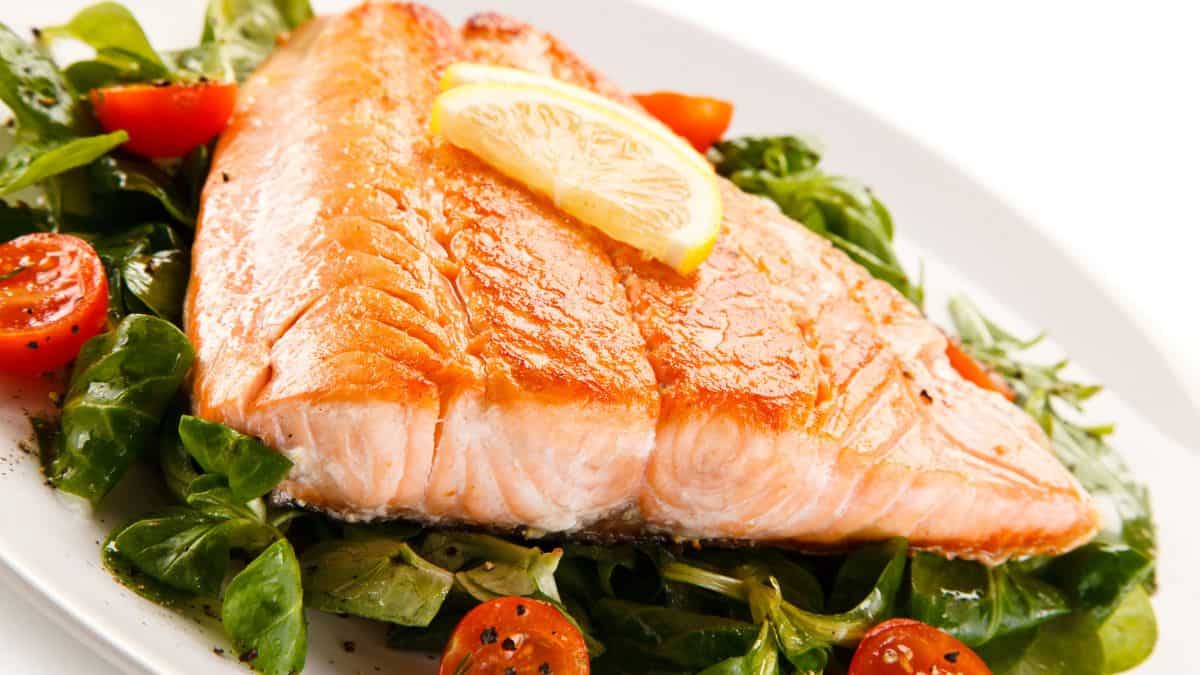
Although banned, PCBs can still be found in farmed salmon and other fatty fish. They are linked to cancer risk and can affect the immune, reproductive, nervous, and endocrine systems.
Mycotoxins
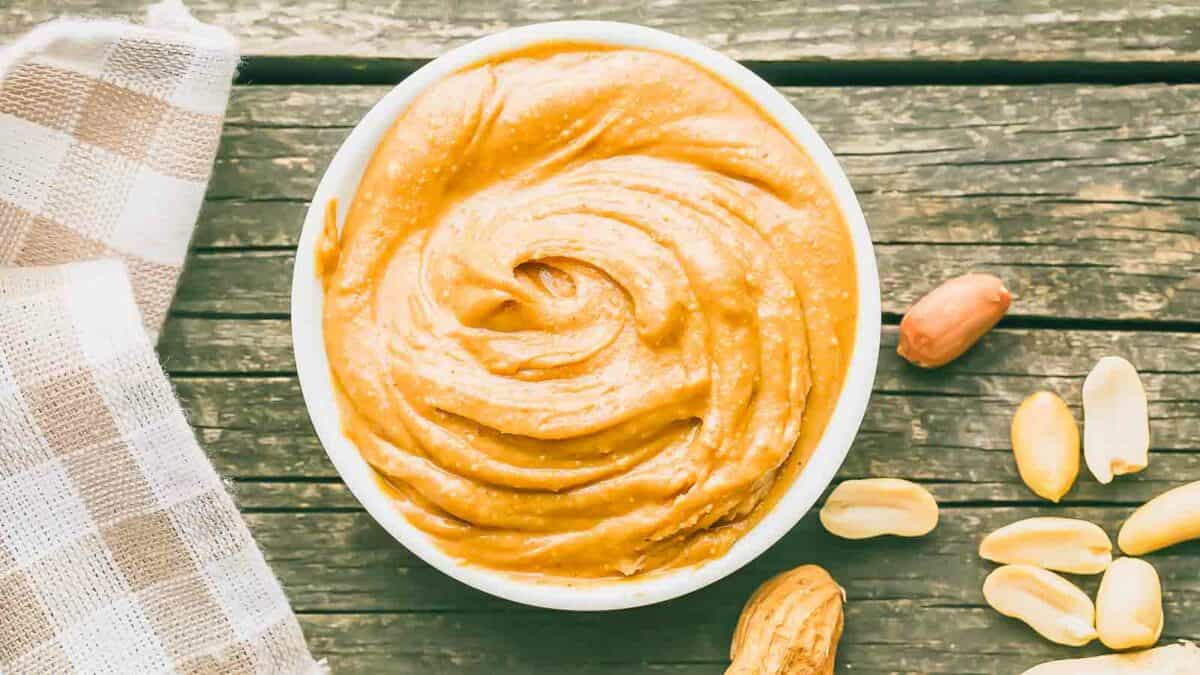
These toxins are produced by molds on grains, nuts, and legumes, particularly when stored in warm, humid conditions. Mycotoxins can cause a variety of health problems, including liver damage and cancer.
Phthalates

Used to make plastics flexible, phthalates can enter food products during processing. Exposure is associated with hormonal changes, birth defects, and reproductive issues.
Trans Fats

Although their use is declining, trans fats can still be found in fried foods, baked goods, and processed snack foods. Trans fats are notorious for increasing the risk of heart disease by raising bad cholesterol levels and lowering good cholesterol levels.
12 Ways To Reduce Plastic In Your Kitchen Starting Today
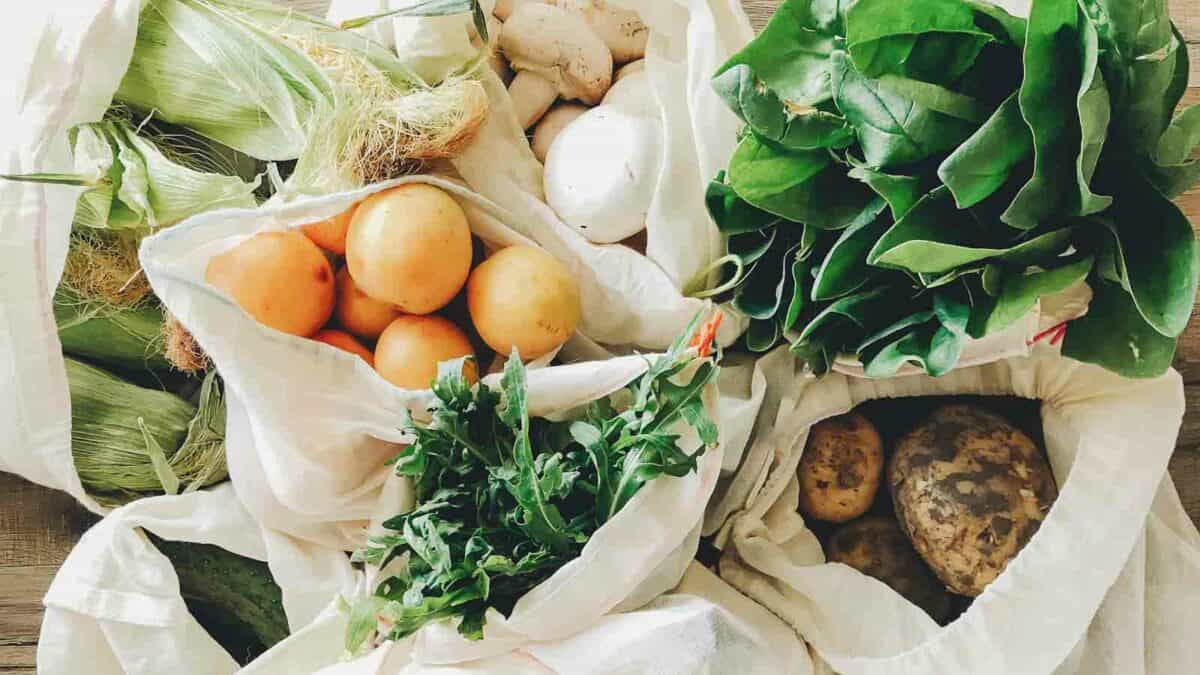
Whether you’re a seasoned eco-warrior or just starting to explore more sustainable practices, there are plenty of straightforward swaps that can make a significant difference in how much plastic you use every day. From choosing beeswax wraps over cling film to opting for reusable containers and gadgets, here are twelve practical ways you can start cutting down on kitchen plastic right now.
Read it Here: 12 Ways To Reduce Plastic In Your Kitchen Starting Today
14 Ways To Repurpose Common Kitchen Scraps

Most of us throw away heaps of kitchen scraps every week without a second thought. However, many of these leftovers, from eggshells to orange peels, have surprising uses that can save you money and reduce your household waste. Whether you’re looking to enhance your garden, whip up some homemade cleaners, or add extra zest to your cooking, there’s a plethora of uses for what you might otherwise toss in the trash. Here are fourteen ingenious ways to repurpose common kitchen scraps into something spectacular.
Read it Here: 14 Ways To Repurpose Common Kitchen Scraps
The Secret Steak-Cooking Method You’re Probably Missing Out

Steak lovers understand that achieving the perfect steak is no small feat. Traditional methods such as open-flame grilling often struggle with temperature control, which can lead to unevenly cooked meat. Thankfully, the reverse sear method is gaining traction as a foolproof way to prepare steak. This simple yet effective technique involves cooking the steak low and slow to ensure even internal cooking, followed by a quick sear that produces a juicy, tender, and beautifully even result. Let’s walk through how simple it is to do.
Read it Here: The Secret Steak-Cooking Method You’re Probably Missing Out
Select images provided by Depositphotos.
Gina Matsoukas is an AP syndicated writer. She is the founder, photographer and recipe developer of Running to the Kitchen — a food website focused on providing healthy, wholesome recipes using fresh and seasonal ingredients. Her work has been featured in numerous media outlets both digital and print, including MSN, Huffington post, Buzzfeed, Women’s Health and Food Network.








